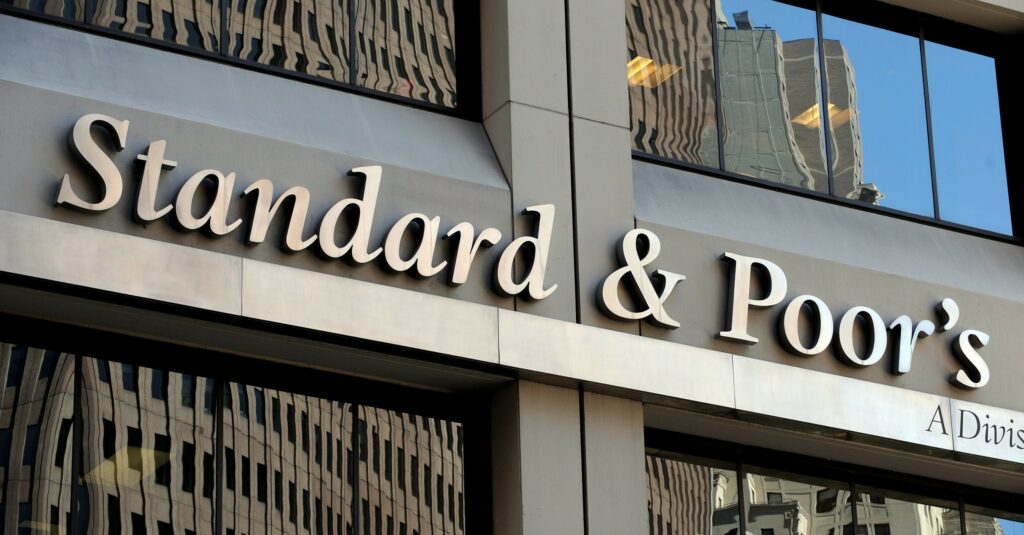|
Getting your Trinity Audio player ready...
|
In a recent move that reverberates across the financial landscape, S&P Global has wielded its rating scalpel to cut credit ratings and outlooks for several U.S. regional banks.
The decision, made on Monday, reflects the anticipation of elevated funding costs and challenges in the commercial real estate (CRE) sector that could potentially strain the credit strength of these banks.
Rising Interest Rates Trigger Liquidity Concerns
The driving force behind this series of credit rating adjustments is the notable surge in interest rates driven by the U.S. Federal Reserve. As the costs linked to funding deposits surge, a cascade of liquidity concerns emerge, as succinctly outlined by S&P.

Downgrades and Risks: A Closer Look
The impact of these rating adjustments is particularly felt by specific regional banks. Associated Banc-Corp and Valley National Bancorp faced credit rating downgrades due to perceived funding risks and increased reliance on brokered deposits.
UMB Financial Corp, Comerica Bank, and KeyCorp also encountered downgrades, attributed to substantial deposit outflows and the prevailing higher interest rate environment. This action, though marginal, led to KeyCorp shares dipping in premarket trading.
Shifting Outlooks: CRE Exposure and Implications
S&T Bank and River City Bank experienced a shift in outlook from "stable" to "negative," as S&P flagged heightened exposure to the commercial real estate (CRE) sector. Such a shift could potentially signal increased challenges in managing credit risks associated with CRE, a segment that is currently facing its own set of uncertainties.

Impact on Borrowing Costs and Sector Dynamics
The downgrade of credit ratings has immediate implications for the borrowing landscape within the banking sector. With borrowing costs on the rise, regional banks seeking to recover from the impact of earlier crises are now faced with a steeper cost structure.
This comes in the wake of a period when the collapse of Silicon Valley Bank and Signature Bank led to a loss of confidence and a deposit run across multiple regional lenders.

Global Impact: A Broader Trend
This recent shift in borrowing costs is not limited to the U.S. landscape alone. Globally, borrowing costs have surged, with U.S. Treasury yields reaching their highest point in 16 years. Simultaneously, U.S. stock index futures saw gains, buoyed by the performance of megacap growth stocks.
Sector-wide Implications: Moody's and Fitch
S&P Global's move follows Moody's earlier downgrade of credit ratings for 10 U.S. banks, with six more banks placed under review for potential downgrades.
In line with this trend, Fitch, one of the three primary rating agencies, hinted at possible downgrades for several U.S. banks, including industry heavyweight JPMorgan Chase, should the "operating environment" for the sector further deteriorate.
Navigating Uncertainty
As the banking sector grapples with shifting dynamics, it's evident that the evolving interest rate landscape, liquidity concerns, and challenges in real estate markets are steering the course of credit ratings.
These developments emphasize the need for prudent financial management and adaptive strategies in a rapidly changing economic scenario.







